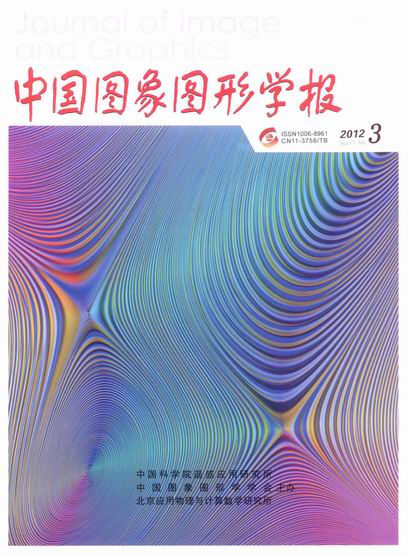
复杂交通场景中采用稀疏表示的车辆识别方法
摘 要
针对智能交通系统中复杂交通场景下对于车辆识别的难点问题,提出一种基于方向梯度直方图特征和稀疏表示的车辆目标识别方法。该方法首先使用方向梯度直方图特征分别提取训练样本和待测目标信息,通过稀疏表示的方法将训练样本训练为过完备字典,最后通过待测目标在字典中稀疏度和重构残差判定目标是否为车辆并对其标注。实验结果表明,提出的方法在粘连遮挡、目标类别多样等复杂交通场景中有较好的识别率和实时性。
关键词
Sparse representation method of vehicle recognition in complex traffic scenes
Li Xiuzhi1, Wu Jian1,2, Cui Zhiming1,2, Chen Jianming1,2(1.The Institute of Intelligent Information Processing and Application, Soochow University, Suzhou 215006, China;2.Jiangsu Yihe Technology Co., Ltd., Suzhou 215002, China) Abstract
For intelligent transportation systems, vehicle recognition in complex traffic scenes is a key issue. In this article, a novel scheme using(HOG) features and sparse representation target recognition for vehicle recognition in complex traffic scenes is proposed. Our method uses the HOG to extract features from samples and candidate targets, and then wses trained samples as an overcomplete dictionary based on sparse representation. Finally, candidate targets are recognized by computing sparsity and reconstruction residuals in the dictionary. Experiment results show that the proposed scheme provides higher recognition preciseness in real time, even in complex traffic scenes such containing occlusion and a large variety of target classes.
Keywords
sparse representation histograms of oriented gradient(HOG) vehicle recognition intelligent transportation compressive sensing
|



 中国图象图形学报 │ 京ICP备05080539号-4 │ 本系统由
中国图象图形学报 │ 京ICP备05080539号-4 │ 本系统由